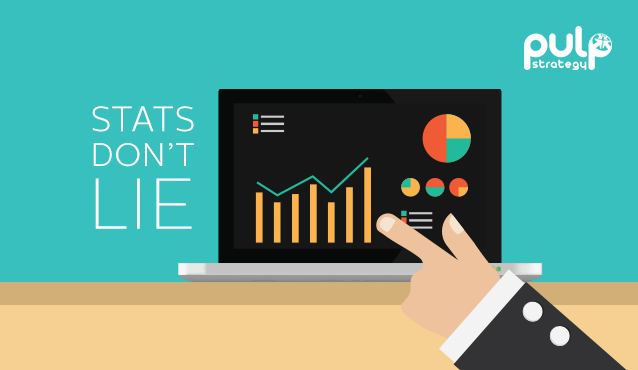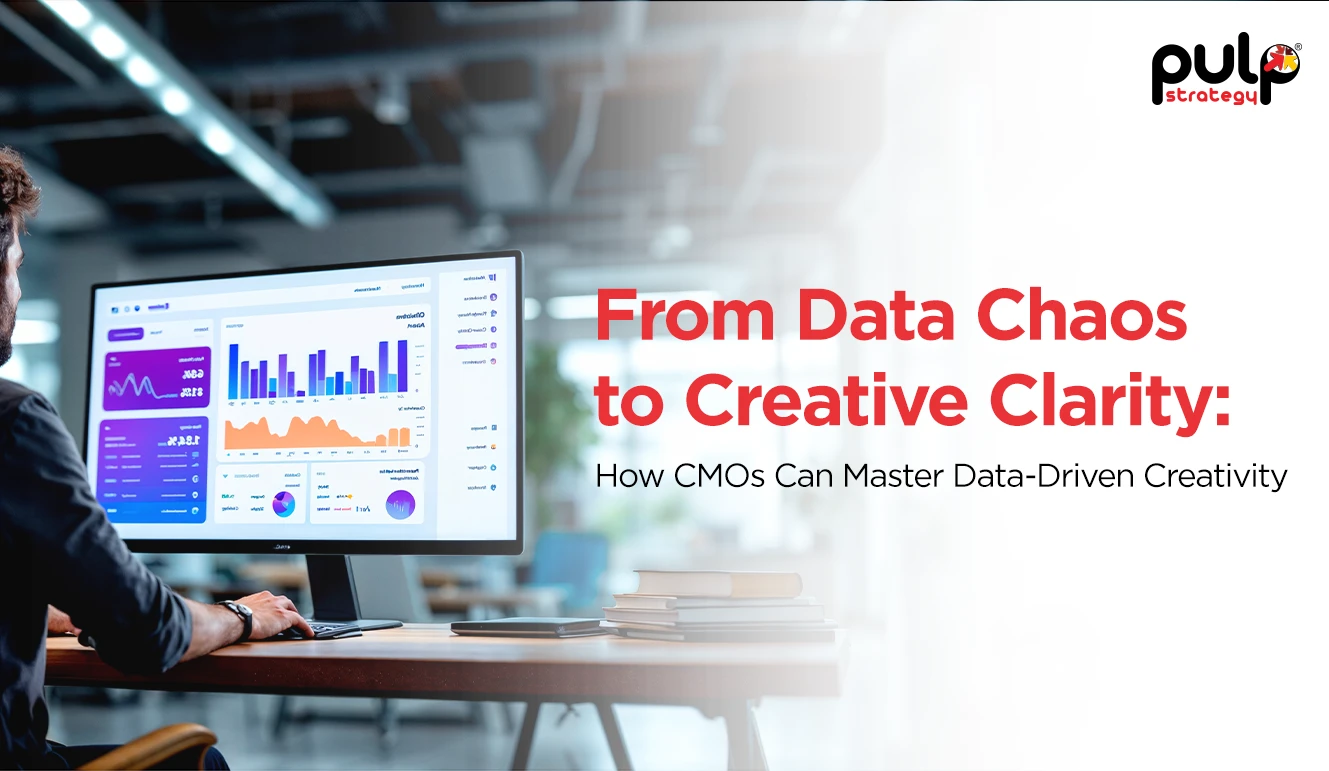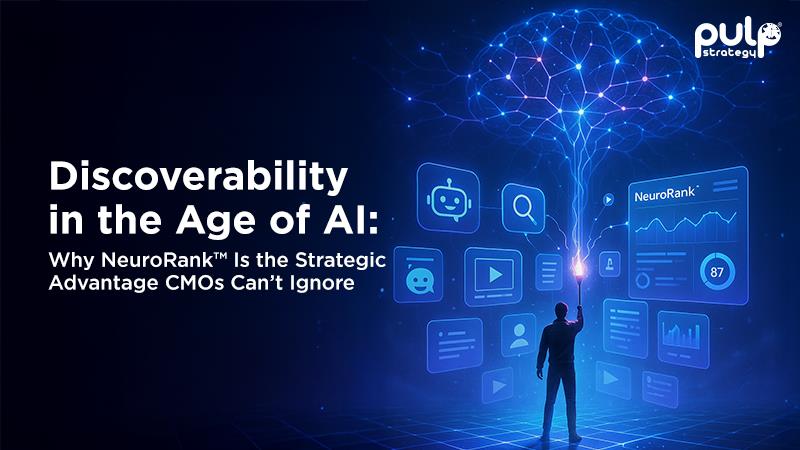“Marketers who want to stand the test of time must start harnessing data to drive real-time marketing strategies and influential consumer connections.” – Patrick Salyer.
According to the Gleanster Research customer experience survey, about eight out of ten senior marketers believe that their organisation could be doing a better job of using customer data to initiate customer acquisition and retention strategies. With accurate data you will be able to ensure that you don’t end up targeting a non-smoker to sell cigarettes.But even if they had the data, most businesses are not able to make the most of it. Decoding the numbers to fortify your strategy is smart marketing. Here are some insights that may help you do justice to your invaluable data mine.
1. Rotate it between the right people
Without effective data analysis, big data is as good as mere numbers. To be truly data-driven, data must be shared between business units and teams, and for this to be successful, the organisation must invest on a robust analytics tool and make sure the primary stakeholders in different teams have access to it. Businesses need to ensure that a strategic approach to data is adopted organization-wide.
Thereafter, organisations should start with breaking down silos between the departments, bring data from CRM, marketing automation and financial systems together in a single picture in order to analyze each area on a detailed basis. Once the team sees how these indicators can positively or negatively affect your progression towards a goal, then these data points become more than just numbers on a spreadsheet.
2. Translating the data into plans-of-action
Working on your areas-of-improvement: Never ignore your weakness, if you are working in a business unit. Organizations need to work hard on their weaker areas to reap the benefits of data driven marketing. Focusing on the points where the company is lagging behind and boosting the non-productive sections, is the main prerogative behind data driven marketing.
Channelizing your Investments: Do you get equal ROI from every product or service you sell? Analyzing data efficiently can indicate your business strengths and weaknesses. Investing more in productive areas and subsequently improving the weaker sections might be a good idea.
Monitoring Performances: The task doesn’t end atchannelizing your investments, but recording post-analysis results. Monitoring and recording the progress of each area can assist you a lot in your next projects.
3. Overhauling current strategies
Data-driven marketing has become a standard as it portrays marketing as more of a science than a guessing game. Marketers having access to actionable data to optimize campaigns can considerably improve customer experience, brand and product awareness. But with data-driven marketing involving so many working parts, marketers need re-invest the results of the analysis into the brand strategy.There is not a speck of doubt on the fact that brands that intelligently capitalize on data get closer to their marketing goals than others.
Take an example of data in e-mail marketing campaigns. But the task doesn’t end by just sending e-mails, but following up on the success rate of this technique. For example, Click through Rate gives you direct insight into how many people on your list are engaging with your content and interested in learning more about your brand or your offer.
Other metrics such as conversion rate and bounce rate also give a firm idea whether the customers are interested in your content or not. The tools to assess these metrics help us to move beyond big data in order to process data at a faster pace. So, even the smallest stats give the idea of whole picture of what’s happening behind the scenes.
While data can provide us with an ever developing marketing strategy, it has to be frequently manipulated and tested to get the best out of the resources we have. Right data, used at the right place and at the right time may prove to be the real deal for your business.
Don’t let the numbers and data rule you, reverse the process. Stay updated and stay ahead!










